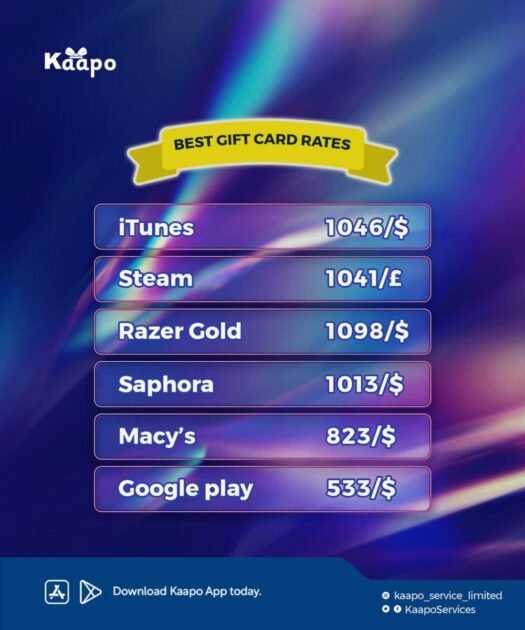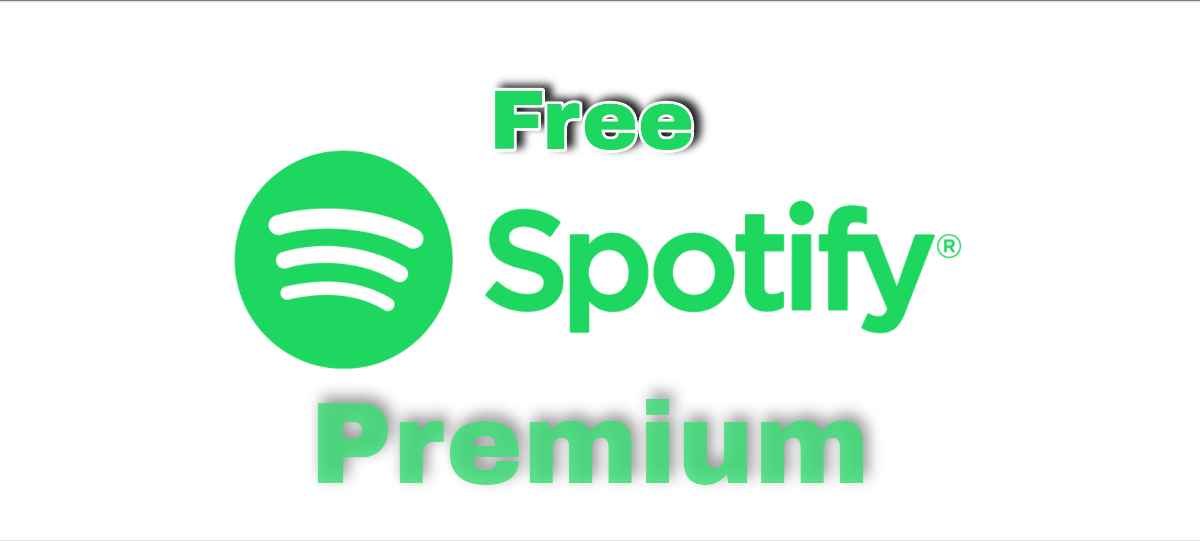You’re navigating a digital revolution, and it’s transforming how you connect with your audience on social media. This evolution, driven by cutting-edge technology, is reshaping social media strategies, turning them into powerful tools for reaching customers. Let’s delve into how this technology-driven era is revolutionizing the strategic landscape of social media and what it means for your business.
Engagement
Engagement is the lifeblood of effective social media strategies. It’s not just about posting content, but about sparking conversations and building relationships. When you engage with your audience, you make them feel valued and heard, fostering a sense of community that strengthens brand loyalty. You can also invest some money when you need more Instagram views to increase this and reach a wider audience. High levels of engagement also increase your visibility on social platforms. Algorithms favor posts with high interaction, which means engaging content can reach a larger audience.

Moreover, engagement allows for valuable insights into your audience’s preferences and opinions. Through comments, shares, and likes, you can gauge the effectiveness of your content, refine your strategies, and deliver more of what your audience wants. In essence, engagement turns social media from a broadcasting tool into a two-way communication channel, making your strategies more effective and your brand more relatable and impactful.
Data Analytics
Data analytics is a game-changer in social media strategies, offering a goldmine of insights to tailor your content and marketing initiatives to your audience’s preferences and behavior. By analyzing user data, businesses can identify patterns, trends, and demographics, increasing the efficiency and effectiveness of their social media campaigns. It allows the quantification of engagement, providing precise metrics like the number of likes, shares, and comments, revealing what resonates with your audience.
Furthermore, data analytics enables A/B testing, allowing you to assess the effectiveness of different content types, posting times, or campaign strategies. Predictive analytics, a subfield of data analytics, can even forecast future trends, enabling proactive decision-making. In essence, data analytics takes the guesswork out of social media strategies, transforming them into data-driven, focused, and impactful initiatives. This technology, therefore, turns social media platforms into a potent tool that can drive customer engagement, brand awareness, and ultimately, business growth.
AI and Chatbots
Artificial intelligence is a significant part of any modern social media strategy. Here are some ways it can help you:
- Automated customer support
- Personalized recommendations
- Lead generation and qualification
- Real-time engagement
- Survey and feedback collection
- Automated social media posting
- Social listening and sentiment analysis
- Language translation and multilingual support
- Interactive content creation
- Automated analytics and reporting
- Ephemeral content strategies
- Integration and CRM systems
AI and chatbots are revolutionizing social media strategies by automating interactions, thus allowing businesses to engage with a larger audience efficiently. They offer personalized customer experience, addressing queries promptly, and providing tailored product suggestions. These technologies enable social listening, sentiment analysis, and automated analytics, providing businesses with essential insights.
This data-driven approach refines marketing strategies, targeting the right audience with the right content, consequently enhancing engagement and conversion rates. Additionally, with chatbots, businesses can offer 24/7 customer support, thereby improving customer satisfaction and loyalty.
Augmented and Virtual Reality
Augmented Reality (AR) and Virtual Reality (VR) are game-changers in the realm of social media strategies. AR transforms the user’s environment with digital overlays, while VR immerses users in entirely different worlds, creating engaging, interactive experiences that captivate audiences. Brands can leverage these technologies to design immersive advertisements or provide virtual try-on experiences, enhancing user engagement and boosting conversion rates. For instance, a fashion brand can use AR to let customers virtually try on outfits, enhancing shopping experiences and driving sales.
On the other hand, VR can create virtual tours or product demonstrations, enriching product understanding and engagement. Furthermore, AR and VR can foster community building through shared experiences, enhancing customer loyalty. In a nutshell, AR and VR are potent tools in social media strategies, transforming user experiences, boosting engagement, and ultimately driving business growth.
Real-time Engagement
Real-time engagement involves immediate interaction with your audience, offering personalized responses to comments, queries, or shares. This timely feedback caters to the instantaneous nature of social media, resonating with users and enhancing their connection to your brand. Real-time engagement also promotes active conversations, fostering a vibrant community around your brand that bolsters loyalty and advocacy. By addressing customer concerns promptly, businesses can improve their customer service, thereby boosting satisfaction and retention.
Moreover, real-time engagement offers a competitive advantage, allowing businesses to stand out in the crowded social media landscape, and drive more organic reach and visibility. Thus, real-time engagement is a key accelerator in social media strategies, transforming customer relations and driving business growth.
Influencer Marketing
Influencers, with their large and often highly engaged following, can amplify your brand’s message, reaching a much wider audience than traditional marketing avenues. Their endorsement of your product or service lends credibility and trust, fostering a positive brand image and driving conversions.
What’s more, influencers can provide valuable user-generated content, enhancing your social media presence with authentic, relatable content that resonates with your target audience. By collaborating with influencers, businesses can leverage their influence and reach to boost brand awareness, engagement, and ultimately, sales. Thus, influencers play a crucial role in maximizing the success of social media strategies.
Ephemeral Content
Ephemeral content creates a sense of urgency, driving users to interact with the content before it disappears, typically within 24 hours. This encourages frequent check-ins, significantly boosting engagement. Moreover, its transient nature allows for a more genuine, casual interaction, fostering user trust and intimacy with the brand. Brands can use ephemeral content like Stories on Instagram or Facebook to share behind-the-scenes insights, limited-time offers, or exclusive previews, increasing the perceived value and exclusivity of their content.
Additionally, the format supports interactive elements like polls or Q&A sessions, enabling real-time audience interaction and feedback. Thus, ephemeral content breathes fresh life into social media strategies, making them more dynamic, engaging, and effective.
In conclusion, you’ve seen how technology continues to revolutionize the social media landscape. From data analytics and AI to AR/VR, real-time engagement, influencer marketing, and ephemeral content, each technological advancement refines your social media strategies. By embracing these technologies, you can engage your audience more efficiently, enhance your brand’s visibility and impact, and ultimately drive your business growth. The future of social media strategies is undoubtedly tech-driven. Stay ahead of the curve by adopting these strategies today.






